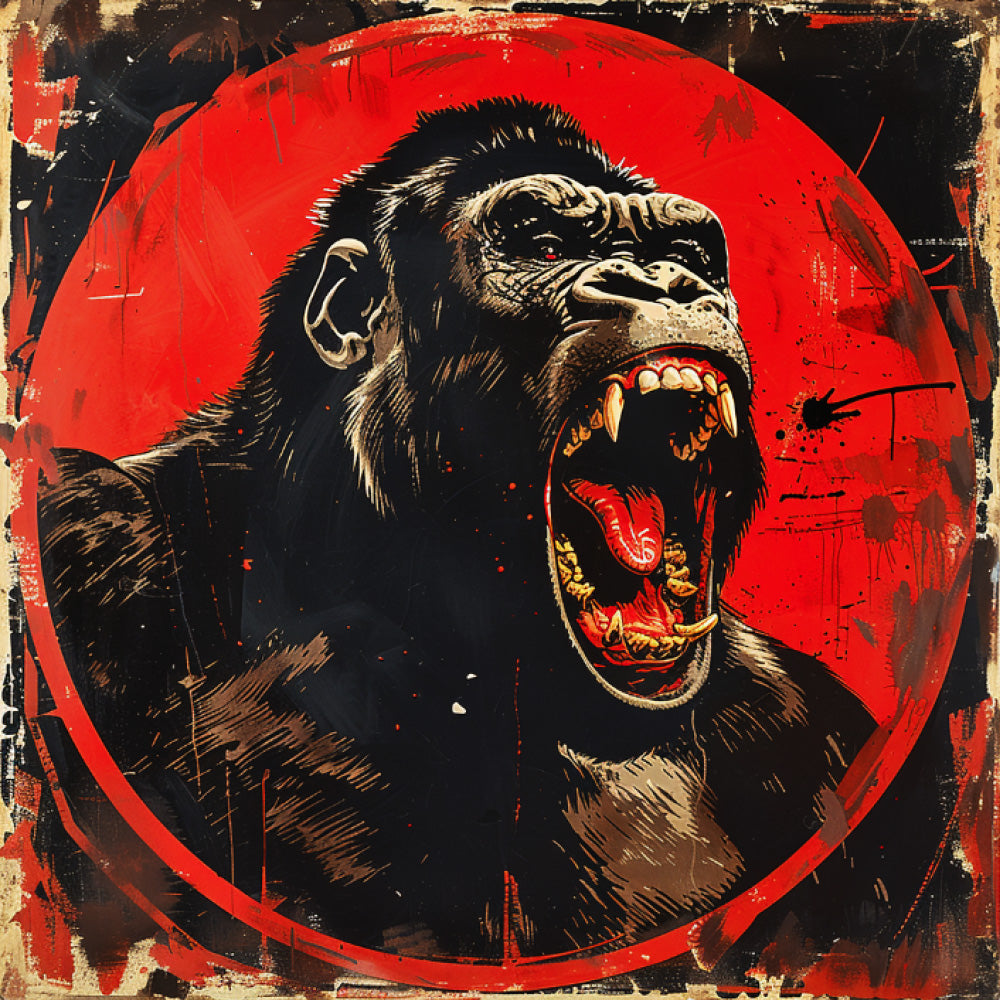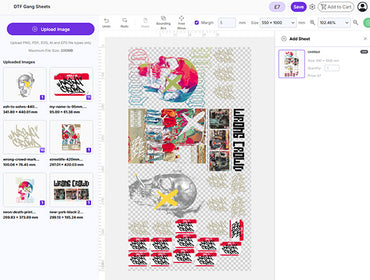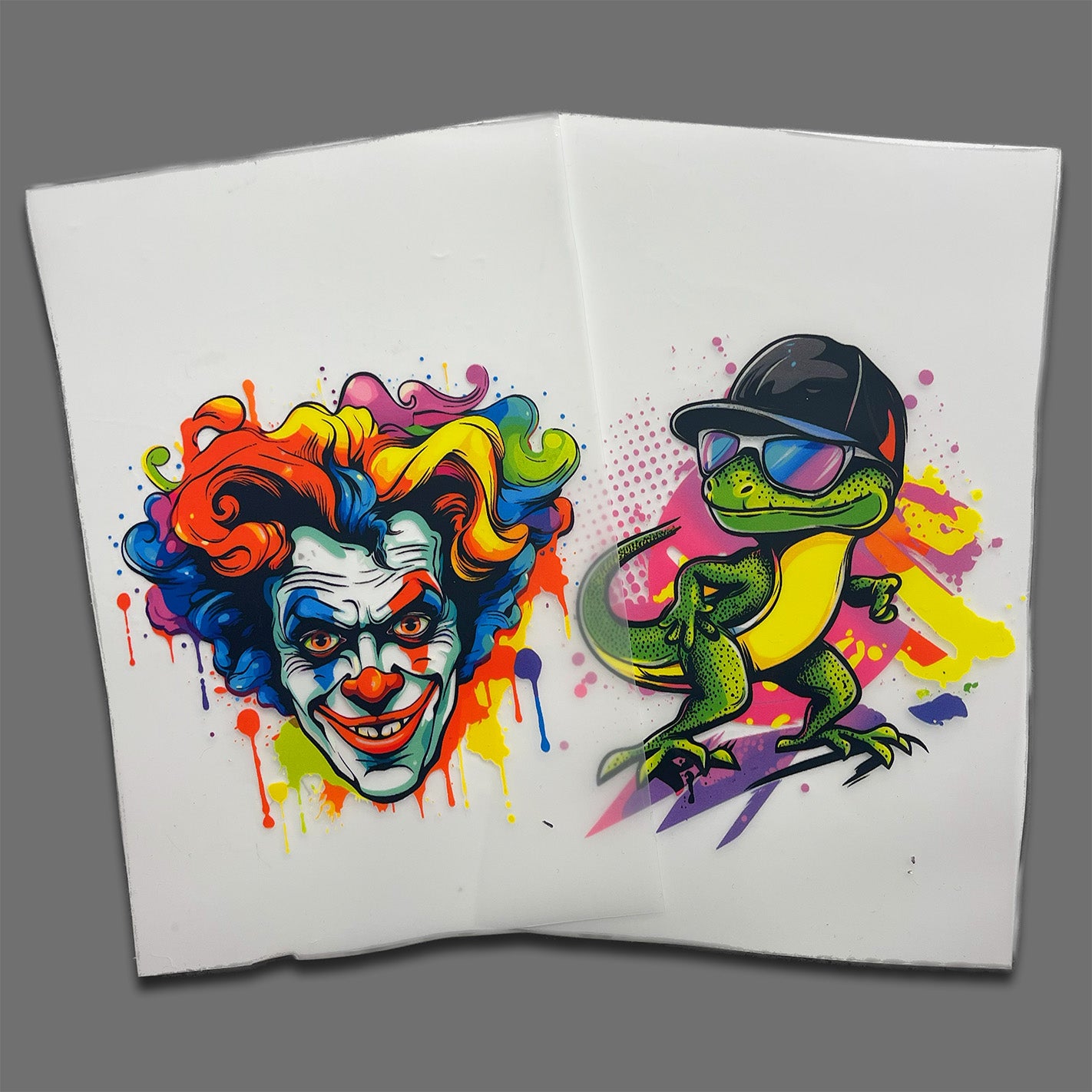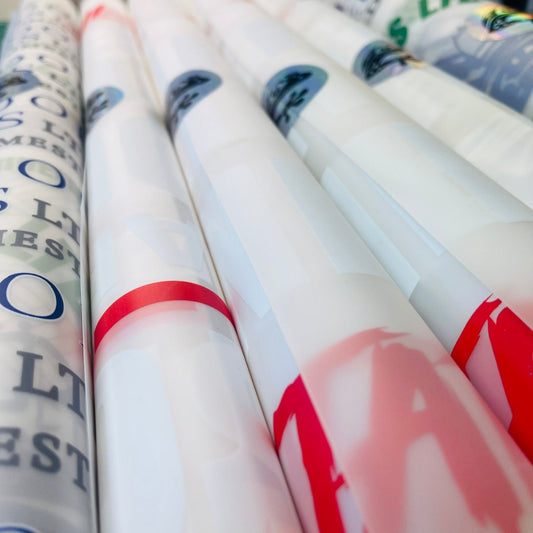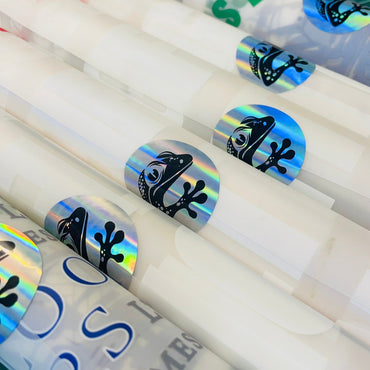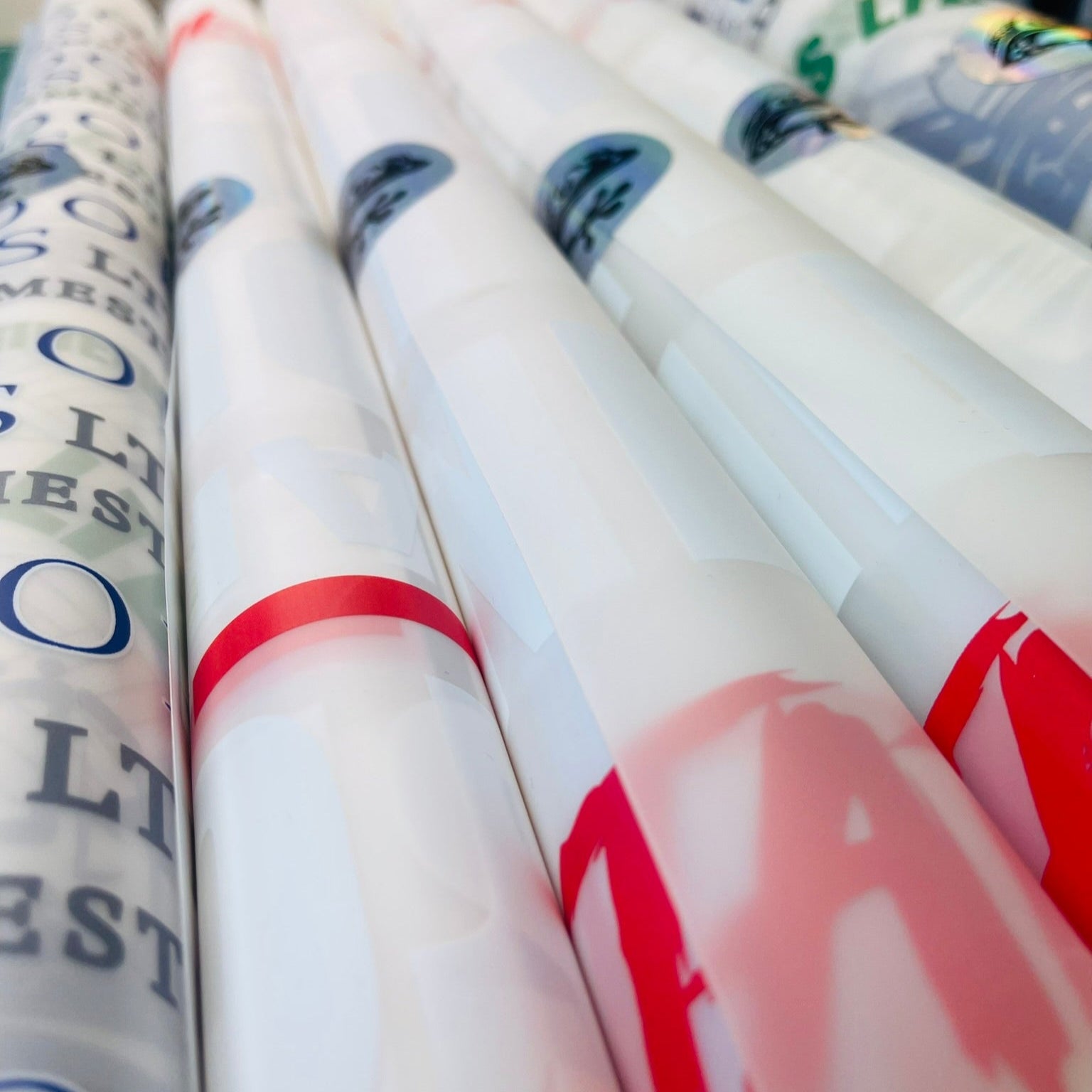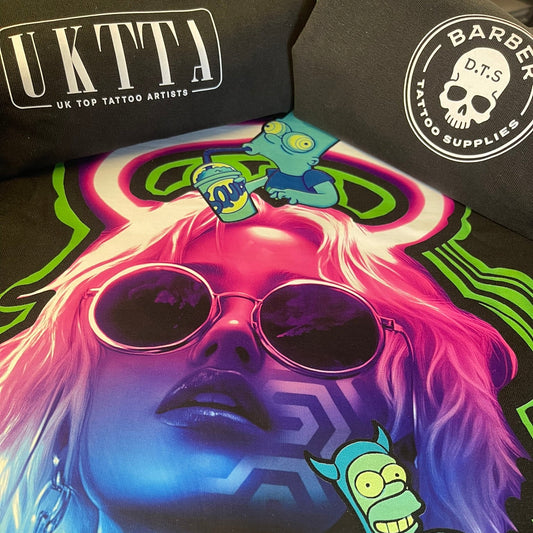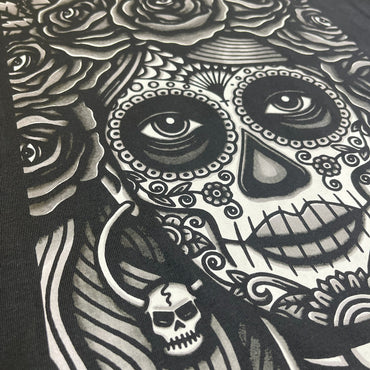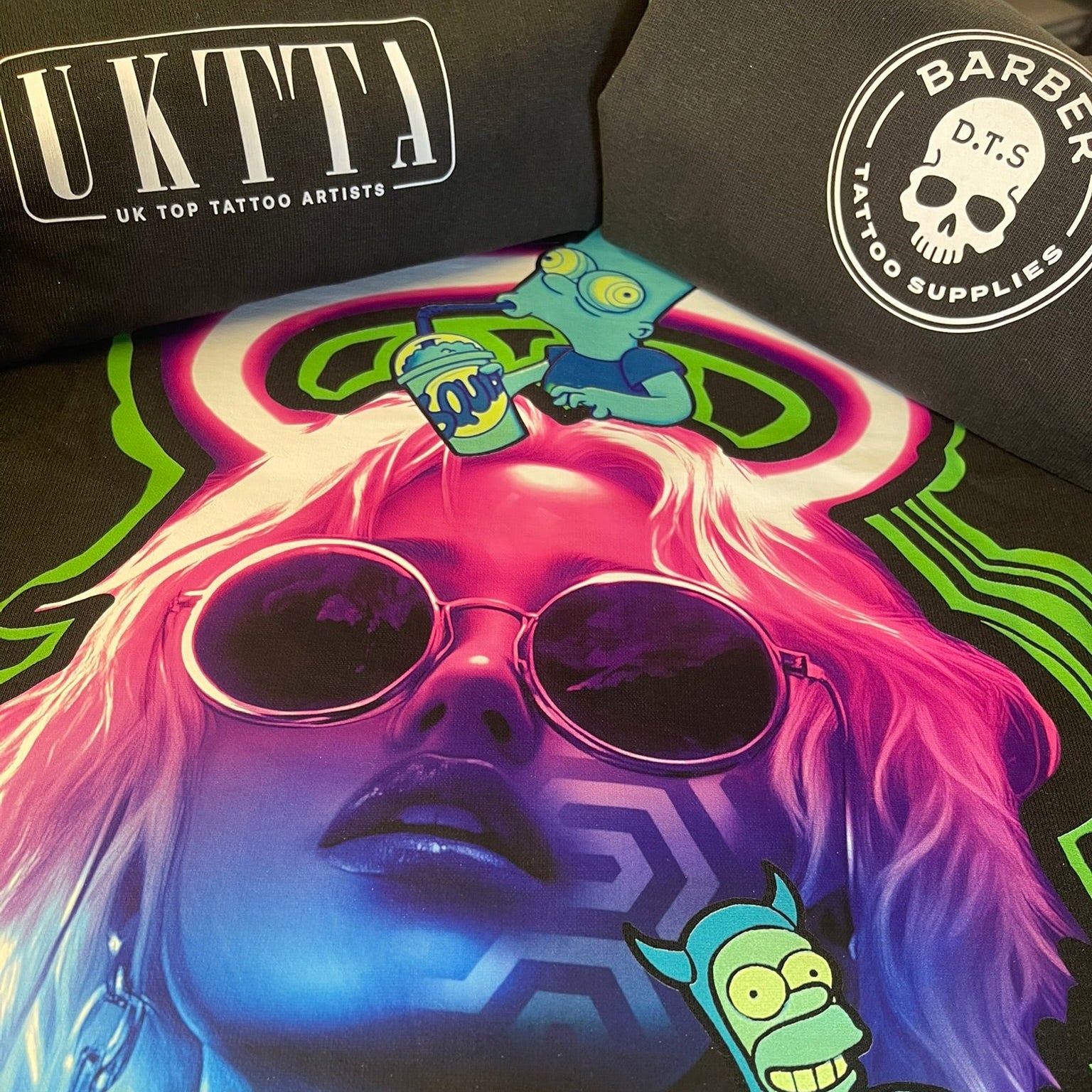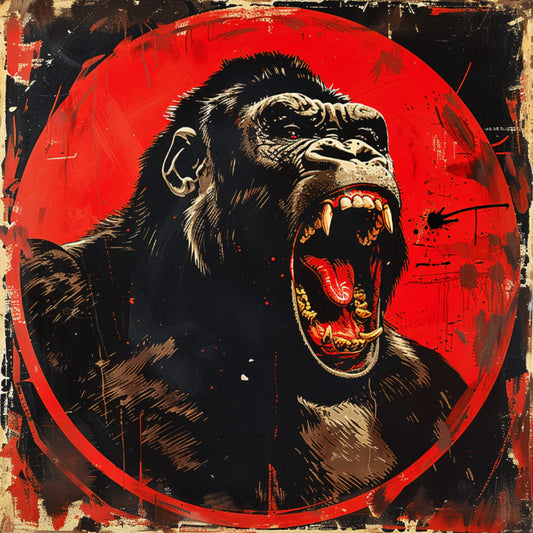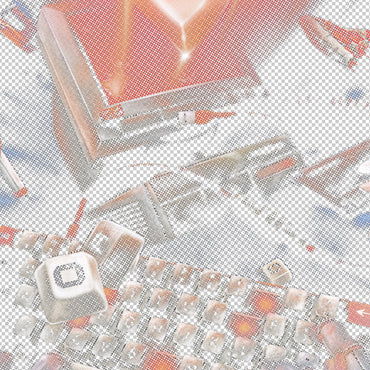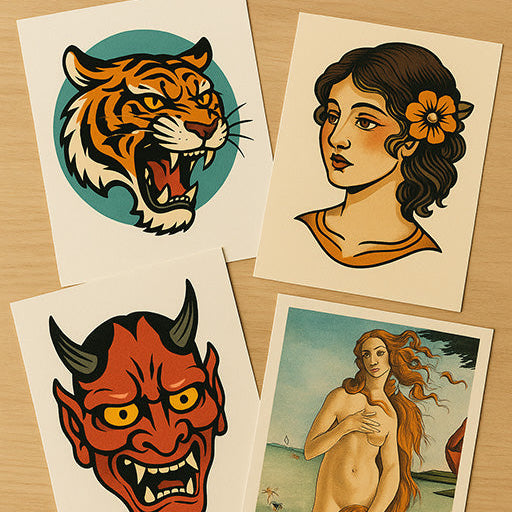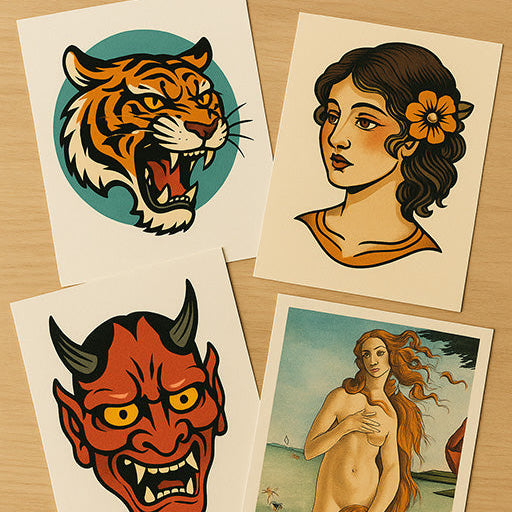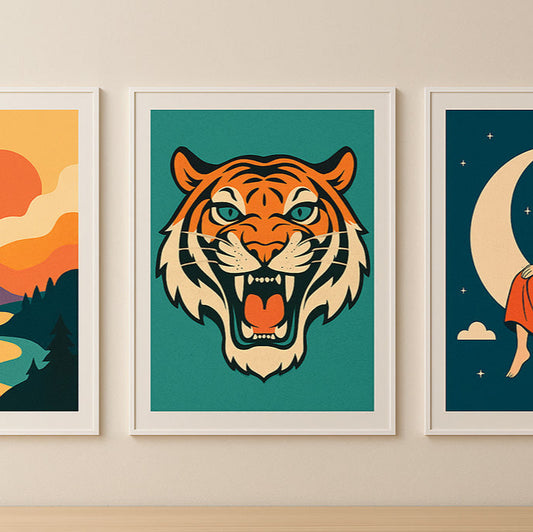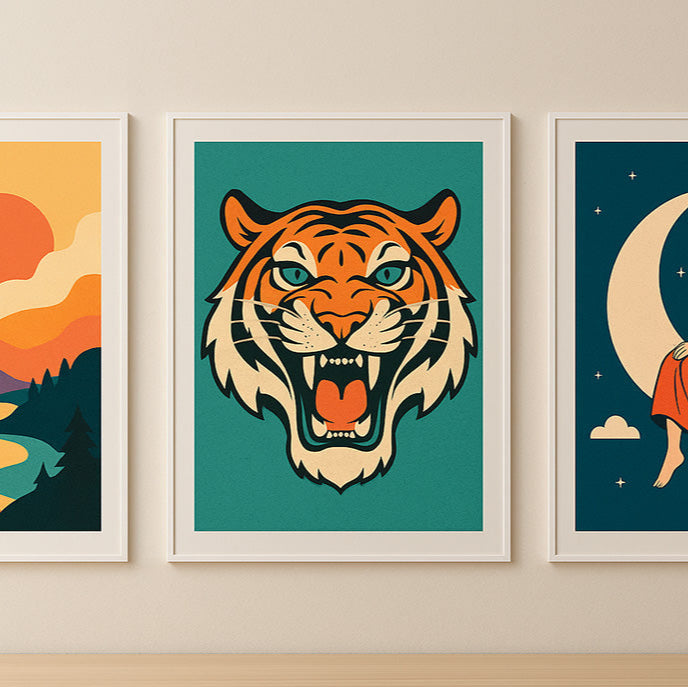Helpful Advice

Artwork Preparation
Creating the perfect artwork is essential for successful DTF printing. Here’s what you should keep in mind:
- Use High-Resolution Files: Your artwork should be at least 300dpi for optimal print quality. Low-resolution files can result in pixelated, blurry prints.
- Check for Transparent Pixels: Avoid using images with unwanted transparent areas as they may cause issues in the print. Anywhere there is a transparent pixel DTF printing will lay White ink down!
- Separate Layers: Keep your design elements (like text, logos, and backgrounds) on separate layers. This will make adjustments easier.
- Ensure Colour Accuracy: Work in RGB mode when designing, but keep in mind that colour discrepancies can occur. We recommend using the correct colour profiles suited for DTF printing. Or asking us to send you a colour chart so you can choose a specific output colour that we can replicate.

Soft Feel Print Techniques
For high-quality prints, halftoning and colour knockouts are essential techniques that improve your design’s appearance and ensure a professional finish.
- Halftoning: This technique is crucial for creating smooth gradients and photo-like effects, particularly when printing shadows and fine details. It uses a dot pattern to simulate continuous tones without harsh transitions, giving your prints a refined, high-quality look.
- Colour Knockouts: This process removes unwanted colours (such as black, white or background colours) from your design, resulting in clean, vibrant prints without the risk of interference from extra ink or unwanted solid backgrounds.
Follow either of these techniques and you can really give your customers that superior soft hand feel print time and time again.

Mockups: Showcasing Your Designs
Once your artwork is ready, creating a mockup helps you visualize how it will look on a garment:
- Use Blank Mockups: Using high-quality mockups is essential for showcasing your design accurately. This helps you see how your design will look on a t-shirt or hoodie.
- Match the Garment Style: Ensure the mockup you choose matches the style of the garment you plan to print on as closely as possible, this will stop customers having issues with receiving something different to what they ordered and then complaining.
- Avoid Overcrowding: Keep your mockup design clean and professional. Too many elements can make the design look cluttered and unappealing.
- Scaling Your Artworks: Make sure to scale your artwork on your mockups as close to what they would look like when pressed. This will avoid any customer dissapointments when they recieve the item.

Heat Pressing: The Right Technique
Getting the perfect print isn’t just about the design; heat pressing is a critical part of the process:
- Proper Temperature and Pressure: Follow your DTF suplliers guidelines for temperature, pressure, and time. Too much pressure can distort the print, while too little can result in poor adhesion.
- Pre-Press the Garment: Always pre-press your garment for a few seconds before applying the design. This removes wrinkles and moisture, ensuring a smooth transfer.
- Use a Teflon Sheet: Protect your print with a Teflon sheet to avoid direct contact between the heat press plate and the print. This helps prevent scorching and ensures even heat distribution.
- Second Press: A second press with another T-shirt or a sheet of Duck Canvas on top is always recommended as it will not only stop your prints from looking too shiny, but it will also really embed the print into the fibres of the garment giving it a much better hand feel.

Choosing the Right Garment
Choosing the right garment is key to ensuring your DTF print comes out looking professional:
- Opt for 200gsm or Higher: Lighter fabrics may not hold the print well, leading to poor results and a more plastic feel. We recommend using garments with a weight of 200gsm or higher for optimal results.
- Avoid Blends with High Polyester Content: While polyesters work well with DTF, high polyester blends can affect the adhesion and final look of the print.
- Consider the Fit: Choose a garment that complements your design. For example, lightweight t-shirts are perfect for bold, simple prints, while hoodies and jackets work well for larger designs.
By following these guidelines, you’ll ensure your DTF prints are of the highest quality, and your designs stand out beautifully!

